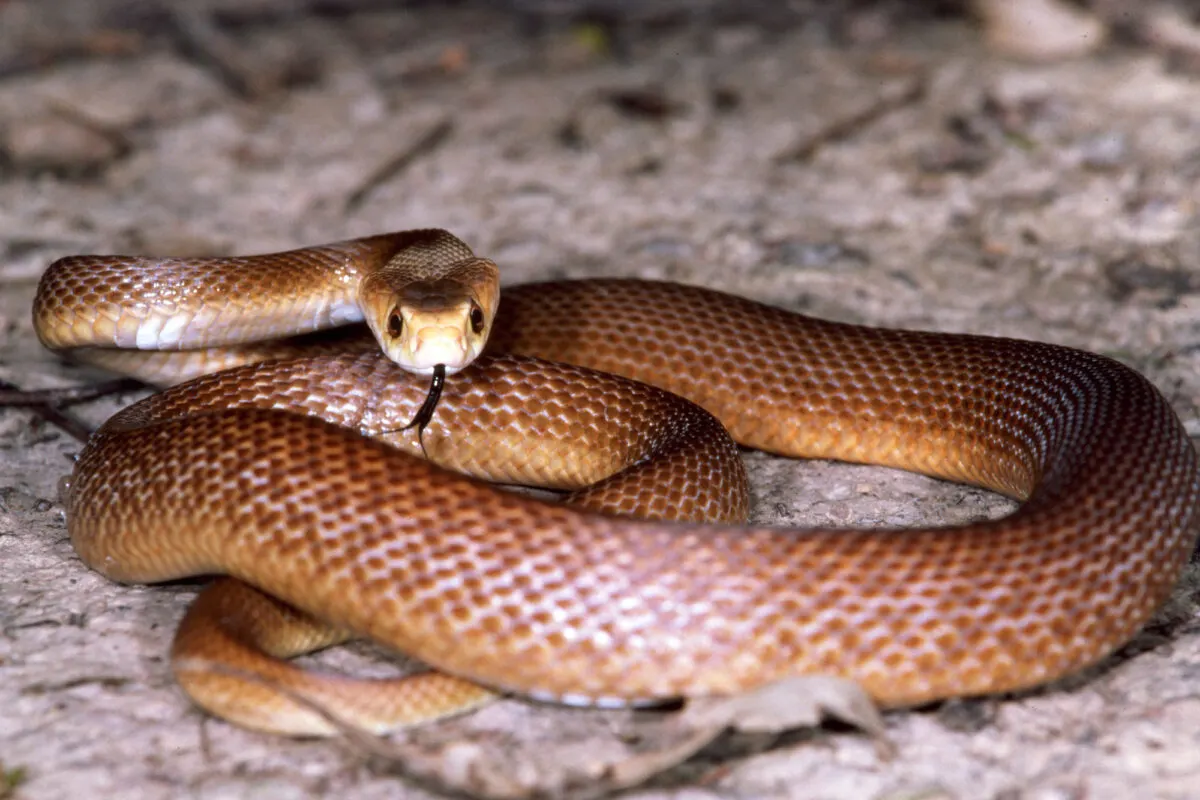Have you ever wondered why Australia is so well known for its deadly snakes? Well, we’ve got the answer for you.
It’s all because of the coastal taipan snakes, one of the world’s most venomous land snakes in the world. They can be found majorly in northern and eastern Australia. Just a single drop of venom from the coastal taipan snake can have devastating effects on the human body.
It is important to be aware of the warning signs that may indicate a Coastal Taipan has bitten you, as well as what steps to take after the encounter. We’ll discuss all of this and more in this blog post.
So buckle up and make sure to read everything. Who knows, it could even save your life!
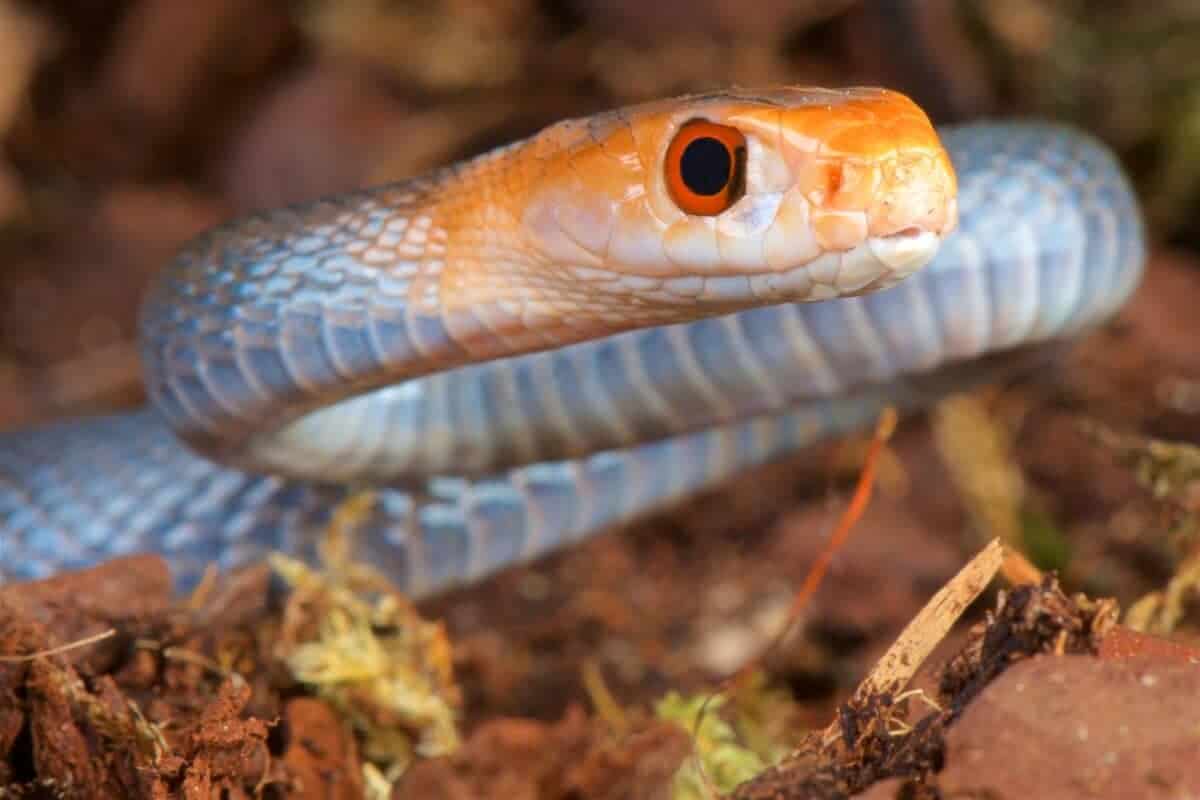
Slither ahead to any section below!
Behavior
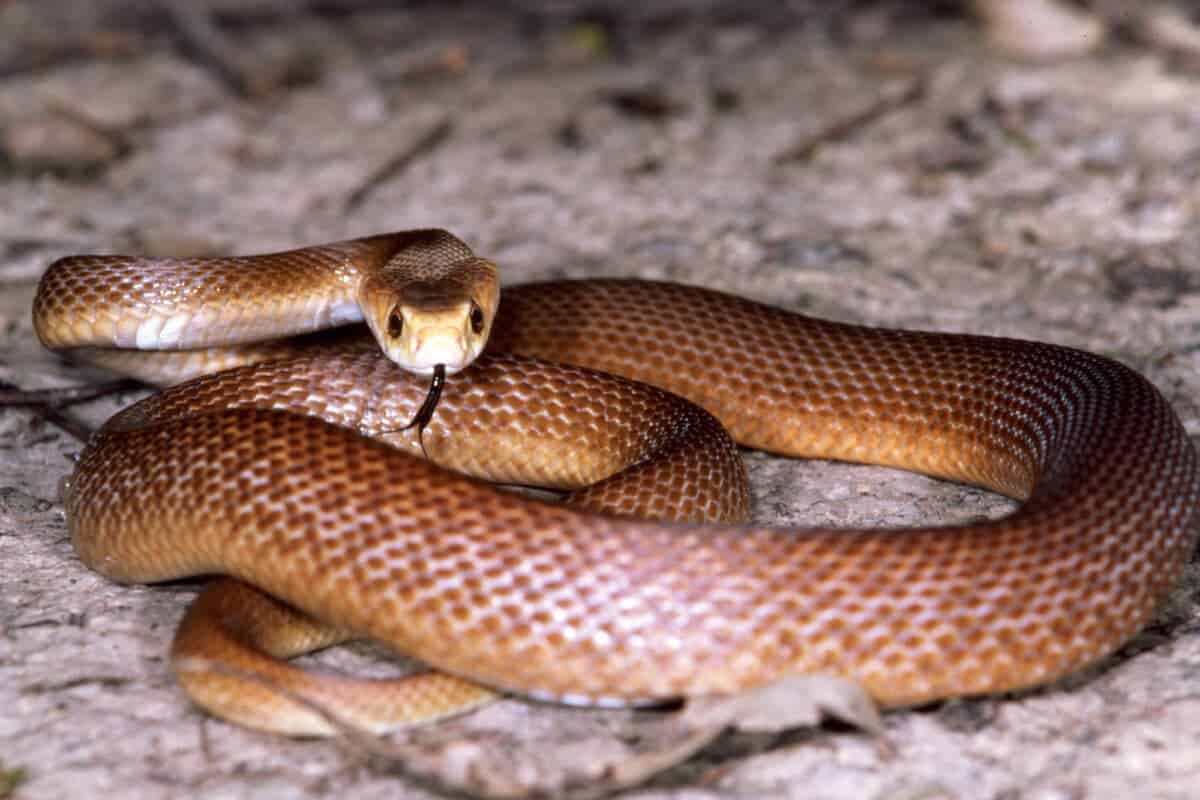
In terms of behavior, the coastal Taipan is nocturnal and likes to hide away during the day. It can get quite aggressive when threatened and will defend itself with a venomous bite if necessary.
It can grow up to 2 meters in length and has a distinct yellow-brown coloration along its body, as well as distinctive black markings on the sides of its head.
It’s best to be cautious when exploring the Australian outback, as you never know when you’ll see a Coastal Taipan snake.
Fortunately, antivenom is widely available and can save your life if you get bitten. So while Coastal Taipan is quite dangerous, there’s no need to be afraid of it, as long as you take the necessary precautions.
It’s also worth noting that Coastal Taipans are generally shy and reclusive creatures who prefer to stay out of sight rather than confront humans or other animals. This means that if you come across one, it’s likely they’re more scared of you than you are of them!
But still, it is important to remain cautious when exploring an area where Coastal Taipans could be hiding; do not let your guard down. To be extra safe, it can help to wear protective clothing and carry a snake hook when hiking in known snake-inhabited areas.
Characteristics
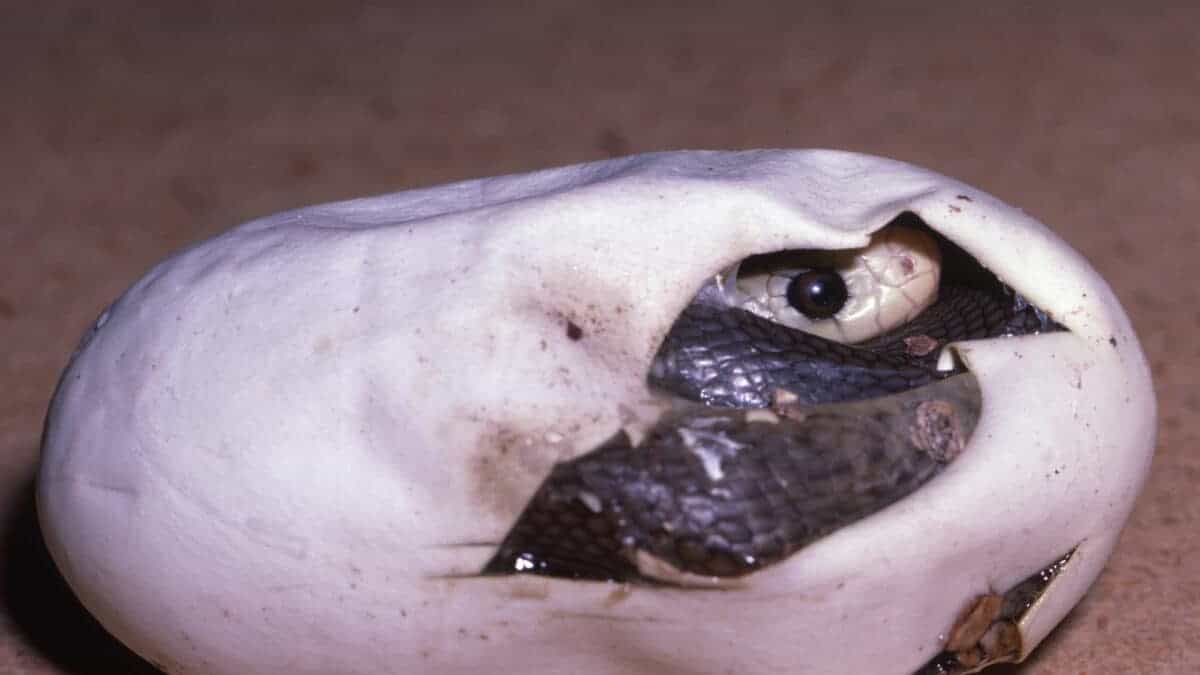
Despite their passive nature, it’s important to remember that Coastal Taipans are highly skilled predators with a keen sense of smell and lightning-quick reflexes.
When hunting for its next meal, a Coastal Taipan will often coil up in ambush, waiting for unsuspecting prey like birds or rodents to pass by before striking with incredible speed and accuracy.
When they do take a bite, their powerful jaws deliver a potent dose of venom that is quickly absorbed by their victim’s bloodstream and can immediately paralyze them and cause them to die within minutes.
Case Studies: Real-Life Incident of Coastal Taipan Bite
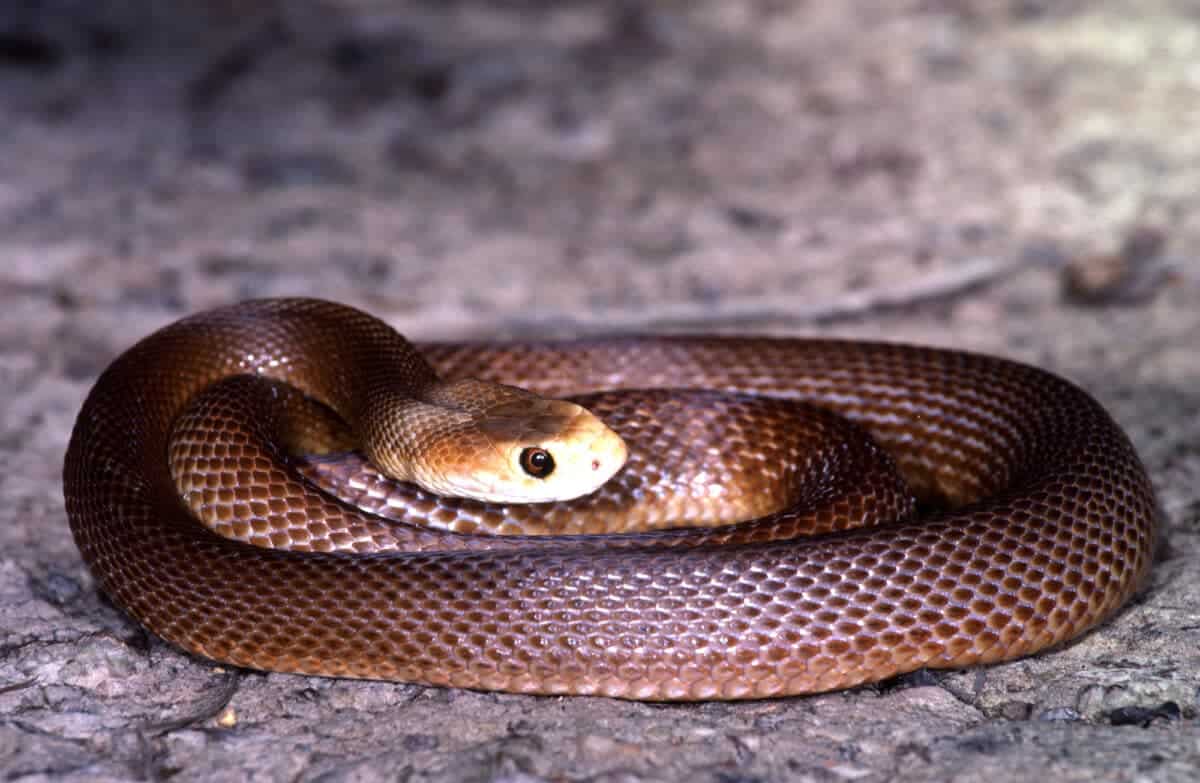
To illustrate this point, here are three real-life incidents where Coastal Taipan snake bites have caused serious injury to humans:
- In 2016, a farmer in Queensland was tending to his cattle when he came across a Coastal Taipan sunning itself on a rock. Despite being warned by his friends and family not to approach the snake, he attempted to capture it with his bare hands. Naturally, the reptile reacted in a defensive way, biting the man twice. Luckily, after receiving antivenom treatment at the local hospital, he made a full recovery without any lasting damage.
- A young girl from New South Wales was out playing near her home when she accidentally stepped on a Coastal Taipan snake, angering it. The girl was bitten twice, and despite immediate medical attention, her condition deteriorated rapidly due to the venomous nature of the snake’s bite. After several days in intensive care, she recovered after being administered antivenom and spent a few weeks recuperating at home.
- In 2018, a fishing boat captain off the coast of Western Australia encountered an aggressive Coastal Taipan while attempting to haul in his catch from the ocean floor. Despite being warned away by a crewmate, he attempted to move the large reptile with his bare hands and was bitten twice on his left arm as a result. And he was rushed to the hospital via ambulance, where he received antivenom and made a full recovery within two days.
In all these cases, it goes without saying that one should take the necessary measures promptly to escape the danger.
Check out: Rattlesnake vs. Forest Cobra.
Symptoms of a Coastal Snake Bite
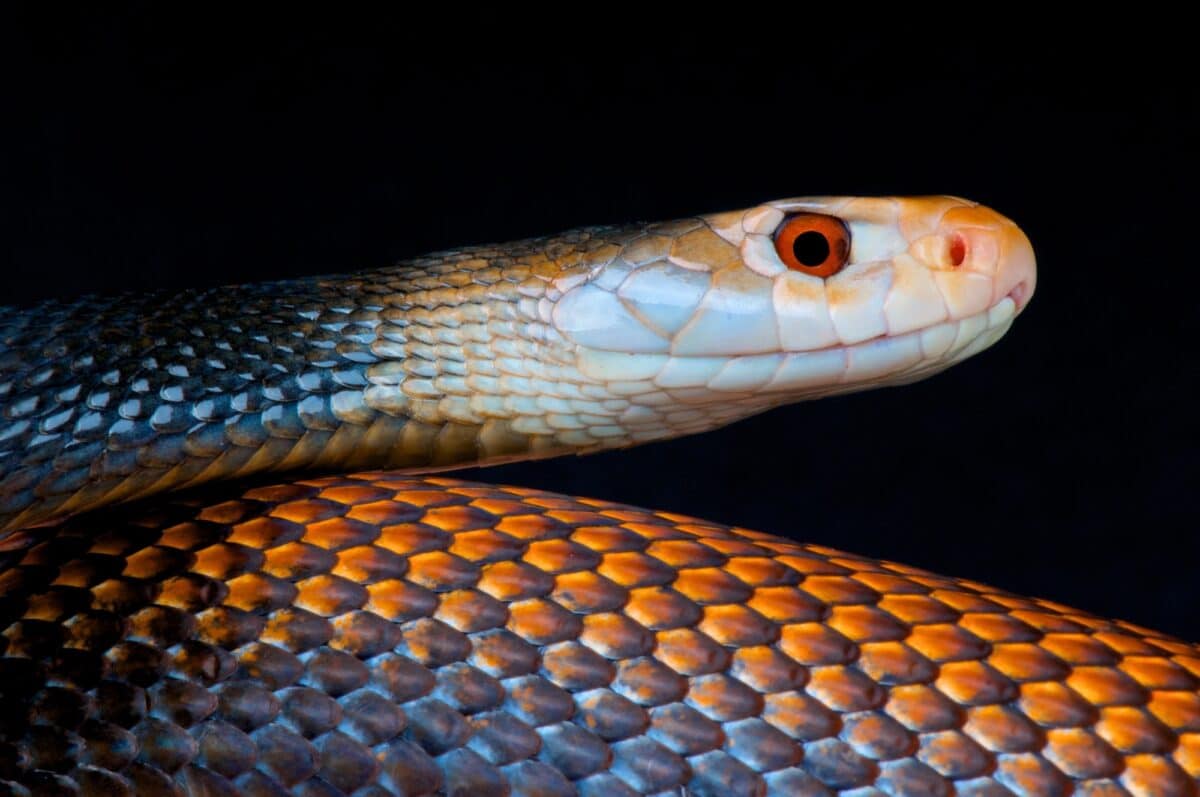
When a coastal taipan snake bites you, the symptoms will not be subtle. Most victims experience severe pain at the site of the bite. This is followed by nausea, vomiting, and abdominal pain.
Other common symptoms of a coastal snake bite are as follows:
-Swelling and pain near the bite site
– Nausea, vomiting, and abdominal pain
– Increasing weakness in muscles
– Sweating all over your body
– Confusion, headache, and blurred vision
– Collapse or unconsciousness if left untreated for long periods of time.
If you are bitten by a coastal taipan snake and think that you may have been poisoned, it is important to seek medical attention as soon as possible.
The earlier treatment starts, the better your chances are of making a full recovery with minimal complications. Don’t take any chances; seek immediate medical help.
Check out: Largest Australian Terrier.
What to do if you’re bitten by a Coastal Taipan Snake
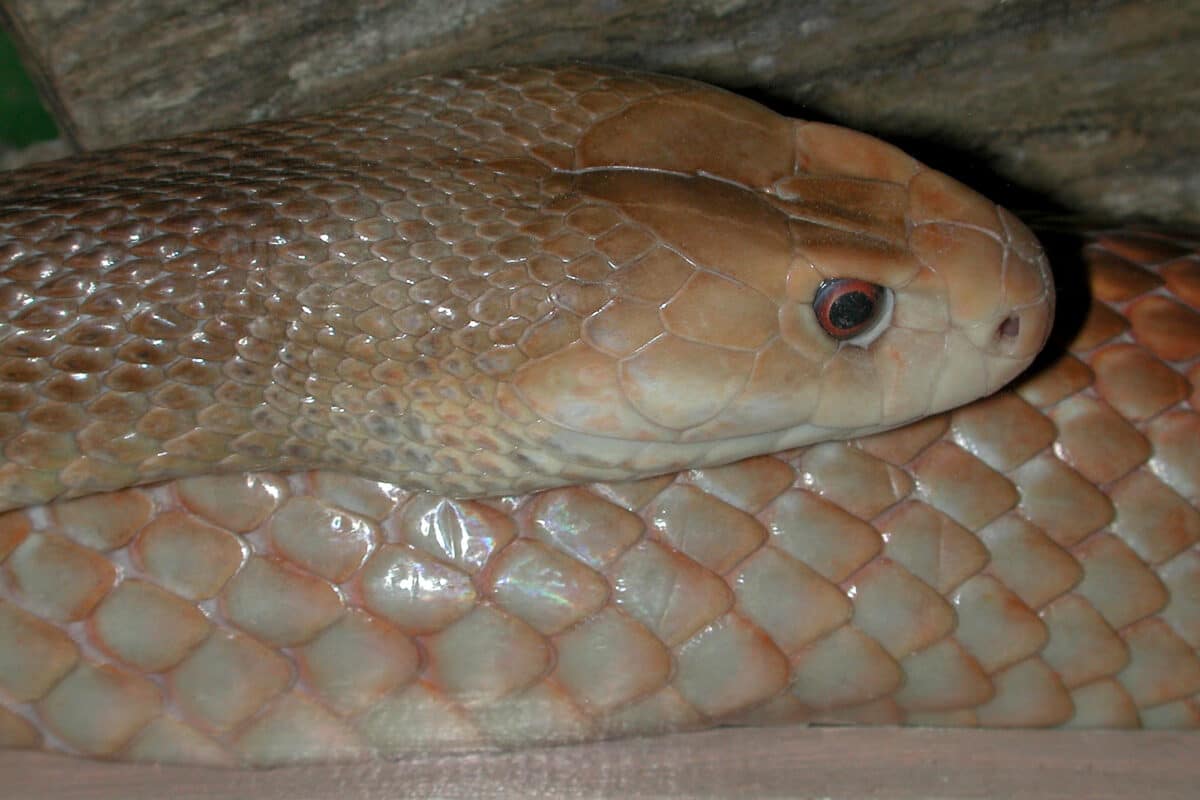
If you’ve been bitten by a snake, try to remain calm and activate your emergency plan. Do not attempt to treat the bite yourself or try any home remedies. For coastal taipan bites, medical care should be sought as soon as possible.
Signs of an impending reaction include nausea, numbness or tingling around the bite area, dizziness, confusion, cardiac arrhythmia, and blurred vision.
Additionally, you may experience muscle weakness or paralysis, seizures, and unconsciousness if left untreated for long periods of time. It is crucial to act quickly and seek help immediately.
Check out: RattleSnake VS Cape Cobra.
What You Shouldn’t Do When You’re Treating a Snake Bite
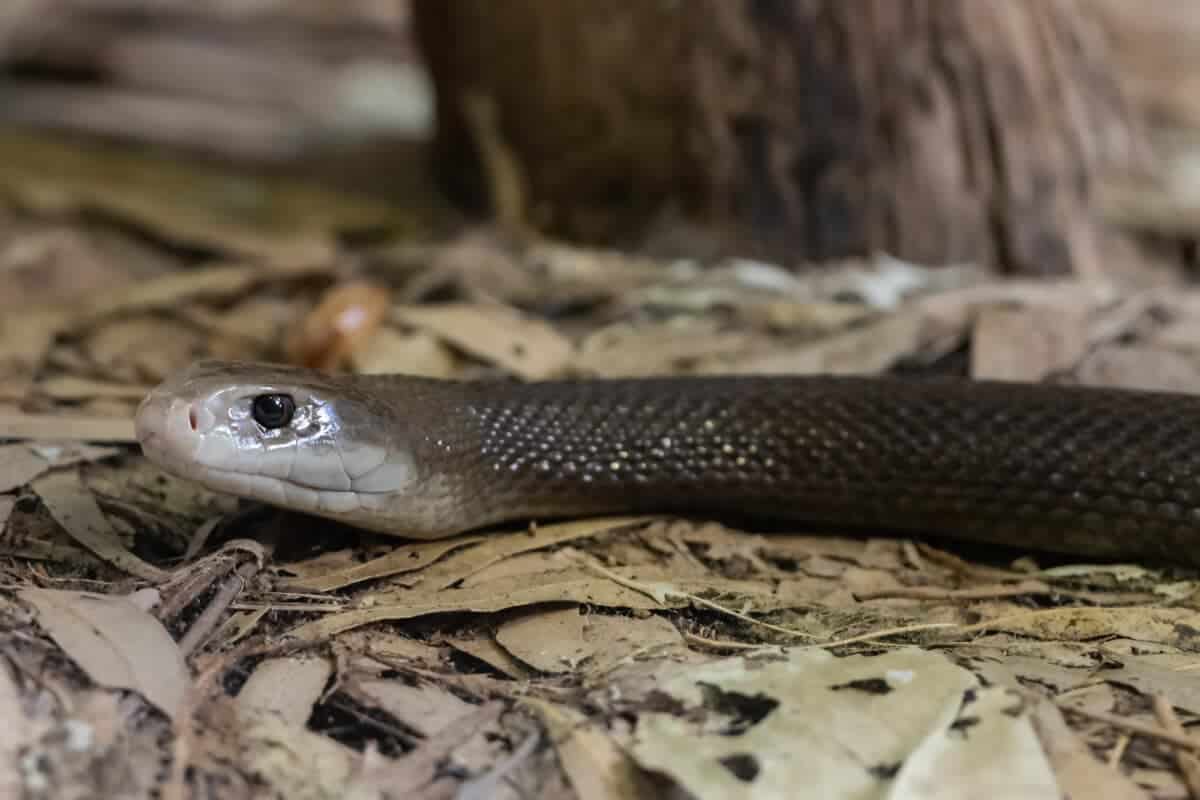
It is also important to remember that there are many treatments available for a taipan bite, so don’t worry if you’re unsure of what to do right away.
However, it’s best to avoid certain activities when treating a coastal Taipan snake bite: Such as trying to suck out the venom or cutting into the wound. Sucking the snakebite wound has absolutely no benefit to the patient, and it only worsens the situation by spreading the venom into the victim’s bloodstream. As these can cause further damage and increase the risk of infection.
Instead, seek professional advice from an experienced practitioner and get yourself checked out as soon as possible.
Tips for staying safe in coastal regions prone to Taipan sightings
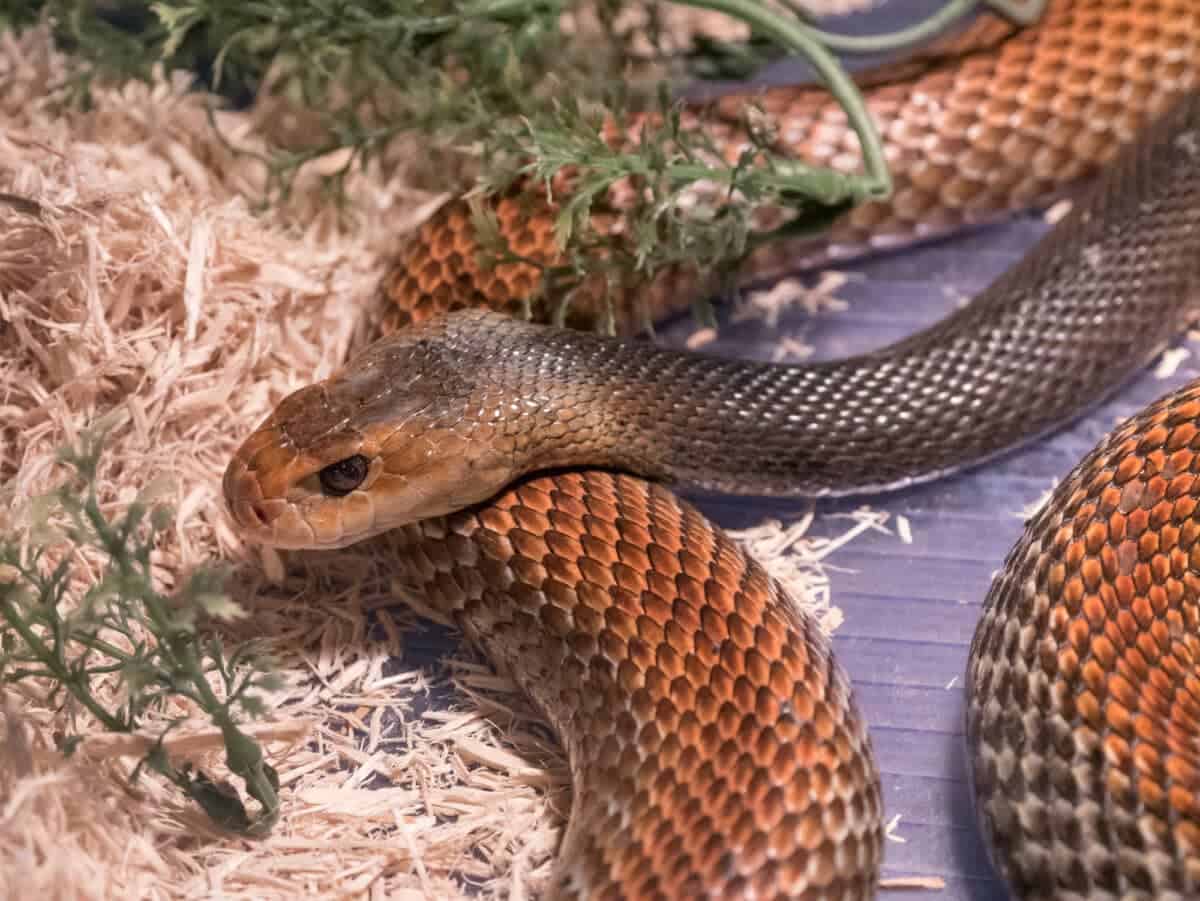
If you live in or are visiting an area known to have taipans, here are some tips for staying safe:
1. Wear protective clothing. Make sure you are wearing long pants and closed-toe shoes when walking through tall grass or wooded areas. Covering more skin reduces the chances of getting bitten.
2. Avoid tall grass and brush – Stay away from overgrown vegetation where snakes like to hide. Be aware of your surroundings at all times.
3. Don’t handle snakes. Do not try to move, capture, or kill any snake you encounter, especially if it is a coastal taipan. These snakes can be very aggressive and should never be handled by anyone other than a trained professional.
4. Stay away from dead animals. Coastal taipans feed on small mammals and reptiles, so avoid any carcasses that you may come across.
5. Be aware of your environment – Look out for snakes before entering a new area. Make sure the ground is clear and that there are no potential hiding places nearby, such as logs or rocks. If in doubt, it’s better to stay away.
By following these precautions, you can ensure that you keep yourself safe while enjoying the great outdoors in coastal regions prone to taipan sightings.
Check out: Rattlesnake vs. Mole Snake.
Wrap Up
We hope that you now have a better understanding of the Coastal Taipan and its dangerous bite.
Always remember to stay alert and aware when entering potentially hazardous areas. As coastal taipans are highly venomous and can be relentless predators.
Be sure to consult with a professional should you suspect an encounter with a taipan. Scan your surroundings for any obvious hiding places nearby, such as logs or rocks.
If you’re in doubt that there could be something mischievous, stay away! By following these precautions, you can ensure that you keep yourself safe while enjoying the great outdoors in coastal regions prone to taipan sightings.
Thanks for reading along! If you enjoyed this article as much as me, check out our related article links below!
Next up:
- Unveiling The Longest Snake In the World
- Unearth the Reality of Florida’s Venomous Spiders
- Great White Shark Vs. Bull Shark
- Michael Phelps Vs. Dolphin: A Race For Aquatic Supremacy
- Eagle’s Aerial Acrobatics: The Hawk Becomes The Hunted
- Discover Texas’s Most Dangerous Animals
- Watch: Lizard Greets Man like a Dog! - April 25, 2024
- Mama Deer Is So Worried About Her Baby - April 25, 2024
- Watch Innocent Baby Bird Walks up to Leopard – Wild Ending! - April 25, 2024

